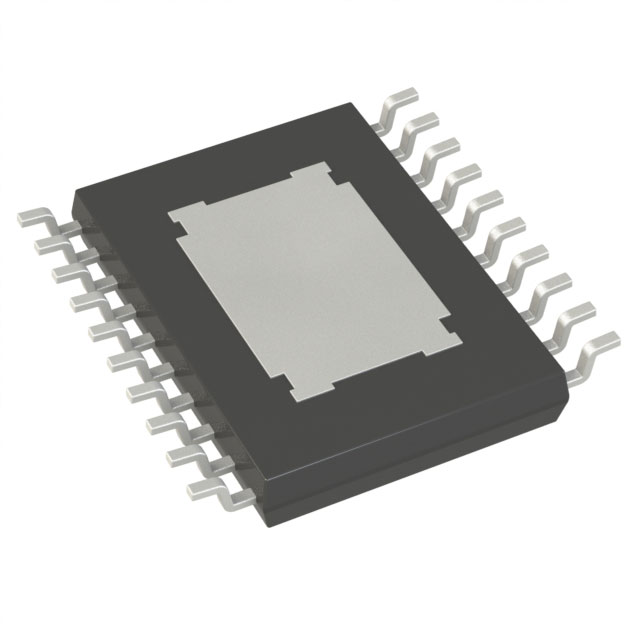
LTC3414IFE#PBF
Active4A, 4MHZ, MONOLITHIC SYNCHRONOUS STEP-DOWN REGULATOR
Deep-Dive with AI
Search across all available documentation for this part.

LTC3414IFE#PBF
Active4A, 4MHZ, MONOLITHIC SYNCHRONOUS STEP-DOWN REGULATOR
Deep-Dive with AI
Technical Specifications
Parameters and characteristics for this part
| Specification | LTC3414IFE#PBF |
|---|---|
| Current - Output | 4 A |
| Frequency - Switching | 1 MHz |
| Function | Step-Down |
| Mounting Type | Surface Mount |
| Number of Outputs | 1 |
| Operating Temperature [Max] | 85 °C |
| Operating Temperature [Min] | -40 °C |
| Output Configuration | Positive |
| Output Type | Adjustable |
| Package / Case [custom] | 4.4 mm, 0.173 in |
| Package / Case [custom] | Exposed Pad |
| Package / Case [custom] | 20-TSSOP |
| Supplier Device Package | 20-TSSOP-EP |
| Synchronous Rectifier | True |
| Topology | Buck |
| Voltage - Input (Max) [Max] | 5.5 V |
| Voltage - Input (Min) [Min] | 2.25 V |
| Voltage - Output (Max) | 5 V |
| Voltage - Output (Min/Fixed) | 0.8 V |
Pricing
Prices provided here are for design reference only. For realtime values and availability, please visit the distributors directly
| Distributor | Package | Quantity | $ | |
|---|---|---|---|---|
| Digikey | Tube | 1 | $ 13.03 | |
| 10 | $ 9.31 | |||
| 25 | $ 8.35 | |||
| 100 | $ 7.45 | |||
Description
General part information
LTC3414 Series
The LTC3414 is a high efficiency monolithic synchronous, step-down DC/DC converter utilizing a constant frequency, current mode architecture. It operates from an input voltage range of 2.25V to 5.5V and provides a regulated output voltage from 0.8V to 5V while delivering up to 4A of output current. The internal synchronous power switch with 67mΩ on-resistance increases efficiency and eliminates the need for an external Schottky diode. Switching frequency is set by an external resistor or can be synchronized to an external clock. 100% duty cycle provides low dropout operation extending battery life in portable systems. OPTI-LOOP®compensation allows the transient response to be optimized over a wide range of loads and output capacitors.The LTC3414 can be configured for either Burst Mode operation or forced continuous operation. Forced continuous operation reduces noise and RF interference while Burst Mode operation provides high efficiency by reducing gate charge losses at light loads. In Burst Mode operation, external control of the burst clamp level allows the output voltage ripple to be adjusted according to the requirements of the application.ApplicationsPoint-of-Load RegulationNotebook ComputersPortable InstrumentsDistributed Power Systems
Documents
Technical documentation and resources


